Victoria Falls, located on the Zambezi River at the border between Zambia and Zimbabwe, is one of the most spectacular waterfalls in the world. Known as “Mosi-oa-Tunya” (the smoke that thunders) in the local Tonga language, Victoria Falls is renowned for its awe-inspiring beauty and powerful cascades.
The falls are approximately 1,708 meters wide and 108 meters high, making it the largest waterfall in the world based on its combined width and height. The spray from the falls can be seen from miles away, and during the rainy season, the volume of water flowing over the edge creates a mesmerizing spectacle.
Victoria Falls is not only a natural wonder but also a hub for adventure tourism. Visitors can enjoy activities such as bungee jumping, whitewater rafting, helicopter flights, and sunset cruises on the Zambezi River. Additionally, the surrounding national parks offer opportunities for wildlife viewing, including elephant encounters and safaris.
The area around the Falls is also steeped in history, with archaeological sites dating back thousands of years and a rich cultural heritage. It’s truly a destination that combines natural beauty, adventure, and cultural experiences in one breathtaking location.
Victoria Falls located in which country?
The Falls are situated in the southern part of Africa, specifically in the Zambezi River, which serves as the natural boundary between Zambia to the north and Zimbabwe to the south. The falls are approximately 1,708 meters wide and 108 meters high, making it one of the largest waterfalls in the world based on its combined width and height.
On the Zambian side, the town closest to the Falls is Livingstone, named after the famous explorer David Livingstone who was one of the first Europeans to see the falls. Livingstone serves as a popular base for tourists visiting the Zambian side of the Falls.
On the Zimbabwean side, the town closest to the falls is Victoria Falls Town, named after the waterfall itself. This town is the primary tourist hub for visitors exploring the Zimbabwean side of the falls.
Both Livingstone and Victoria Falls Town offer a range of accommodations, restaurants, and tourist facilities to cater to the influx of visitors who come to witness the majestic beauty of the Falls. Additionally, both countries have national parks and conservation areas surrounding the falls, providing opportunities for wildlife viewing and outdoor activities in the stunning natural landscapes.
On what River are the Victoria Falls?
Victoria Falls is located on the Zambezi River. This river is the fourth-longest river in Africa, flowing through six countries: Zambia, Angola, Namibia, Botswana, Zimbabwe, and Mozambique. Victoria Falls is one of the Zambezi River’s most famous features, renowned for its breathtaking beauty and powerful cascades.
Victoria Falls: A Natural Wonder on the Zambezi River
Victoria Falls, one of the most awe-inspiring natural wonders of the world, captivates visitors with its sheer grandeur and breathtaking beauty. Situated on the Zambezi River at the border between Zambia and Zimbabwe in Southern Africa, this iconic waterfall is a testament to the Earth’s incredible power and natural splendor.
Formation and Geography of Victoria Falls:
Victoria Falls was formed millions of years ago through a combination of geological processes, including erosion and the shifting of tectonic plates. The Zambezi River, originating from the highlands of Zambia, flows across a basalt plateau before plunging over the edge of a vast rift valley, creating the majestic cascade known as Victoria Falls.
Spanning approximately 1,708 meters (5,604 feet) in width and standing at a height of 108 meters (354 feet), The Falls are considered the largest waterfall in the world based on its combined width and height. The sheer volume of water that cascades over the edge during the rainy season is staggering, creating a spectacle of mist and spray that can be seen and felt from miles away.
Local Name and Cultural Significance of Victoria Falls:
Known as “Mosi-oa-Tunya” in the local Tonga language, which translates to “The Smoke that Thunders,” Victoria Falls holds deep cultural significance for the indigenous people of the region. The name aptly describes the towering columns of mist that rise from the chasm created by the falling water, resembling billowing clouds of smoke.
For centuries, the falls have been revered as a sacred site, and they continue to hold spiritual importance for local communities. Indigenous rituals and ceremonies are performed at the falls to honor ancestral spirits and seek blessings for the land and its people.
Tourism and Adventure:
The Falls have become a premier destination for adventure seekers and nature enthusiasts from around the world. Visitors flock to the area to witness the awe-inspiring spectacle of the falls and to partake in a variety of exhilarating activities.
Adventure activities abound on both the Zambian and Zimbabwean sides of the falls. Thrill-seekers can experience the ultimate adrenaline rush by bungee jumping off the iconic Victoria Falls Bridge, plunging into the gorge below. White-water rafting on the turbulent rapids of the Zambezi River is another popular adventure activity, offering an exhilarating journey through breathtaking scenery.
For those seeking a bird’s-eye view of the falls, scenic helicopter flights provide a unique perspective, allowing passengers to marvel at the sheer scale and beauty of the Falls from above. Sunset cruises along the Zambezi River offer a more leisurely way to experience the magic of the falls, as visitors drift along the water, sipping cocktails and enjoying the vibrant colors of the African sunset.
Conservation and Sustainability:
Preserving the natural beauty and ecological integrity of Victoria Falls is of paramount importance. Efforts are underway to protect the surrounding ecosystems and wildlife habitats, ensuring the long-term sustainability of this iconic natural wonder.
Both Zambia and Zimbabwe have established national parks and protected areas around the Falls, providing sanctuary for a diverse array of plant and animal species. Conservation initiatives aim to mitigate the impact of human activities on the environment while promoting responsible tourism practices that minimize disturbance to fragile ecosystems.
Conclusion:
The Falls stands as a symbol of nature’s power and beauty, captivating all who have the privilege of witnessing its splendor. From the thundering roar of the cascading water to the ethereal mist that envelops the surrounding landscape, Victoria Falls is a testament to the enduring majesty of the natural world.
As visitors stand in awe of this magnificent spectacle, they are reminded of the importance of preserving our planet’s precious natural treasures for future generations to enjoy. Victoria Falls serves as a poignant reminder of the need to protect and conserve our environment, ensuring that its beauty and wonder will endure for centuries to come.
South Africa Packages
12 Days Exclusive Safari and Cape Splendor
10 Days Kruger Private Reserves & Cape Town
12 Days Kruger Reserves and Gorilla Trekking Safari
4 Days Tremisana Lodge Kruger Park Safari
3 Days Kruger and Swaziland Cultural Tour
3 Days Kruger National Park Camping Safari
10 Days Kruger Private Reserves & Cape Town
Namibia Packages
9 Days Luxury Namibia and Gorilla Trekking Safari
6 Days Etosha, Swakopmund & Sossusvlei (Camping)
3 Days Etosha Guided Camping Safari
Zimbabwe Packages
5 Days Victoria Falls and Hwange National Park Safari
4 Day Victoria Falls Fly-in Safari
3 Days Victoria Falls Experience Staying at Phezulu Lodge
3 Days Kariba Sailing Safari (Self-Drive Add-on)
1 Day Victoria Falls, Game Drive with Bush Dinner
9 Days Hwange and Victoria Falls Safari
8 Days Chobe and Victoria Falls Tour
7 Days Victoria Falls, Hwange NP and Matobo NP Experience
Uganda Packages with Gorilla Trekking Experience

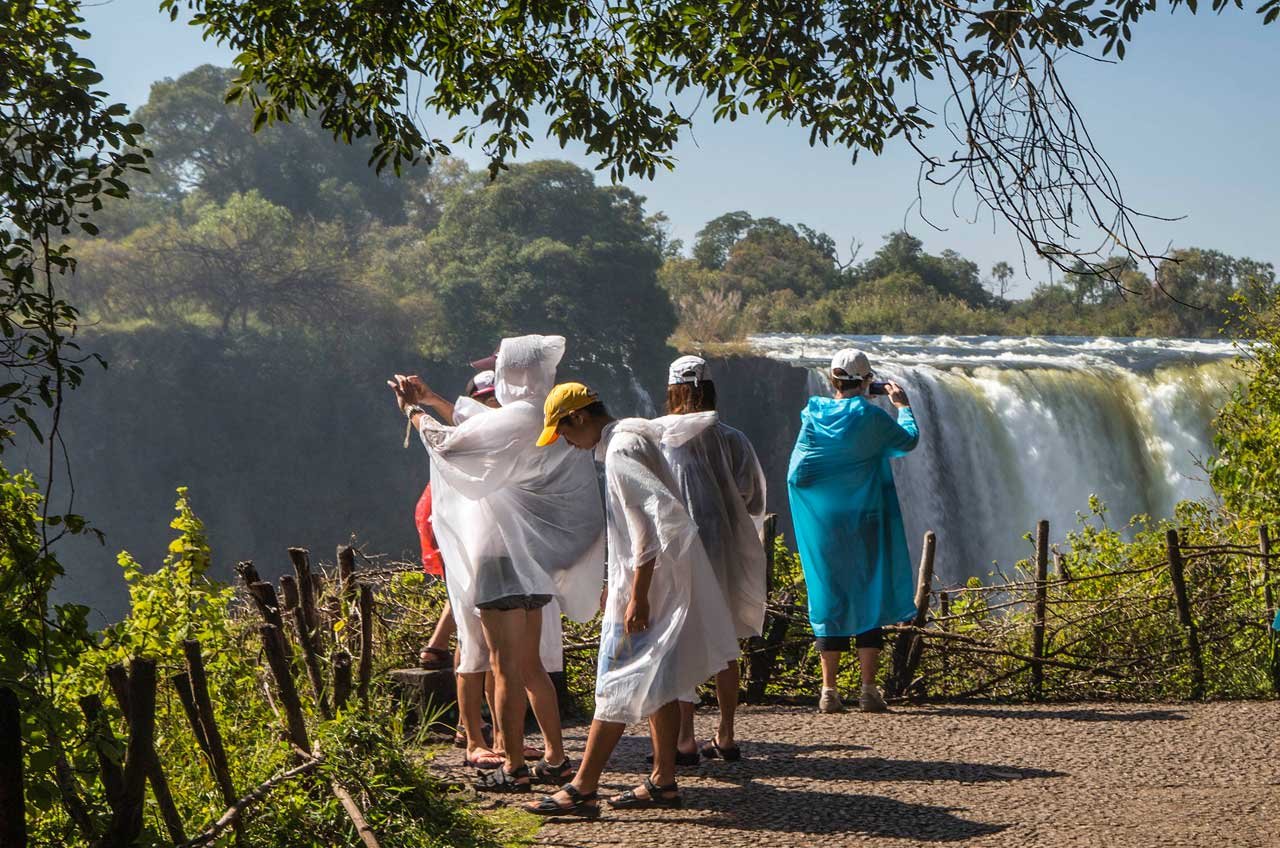
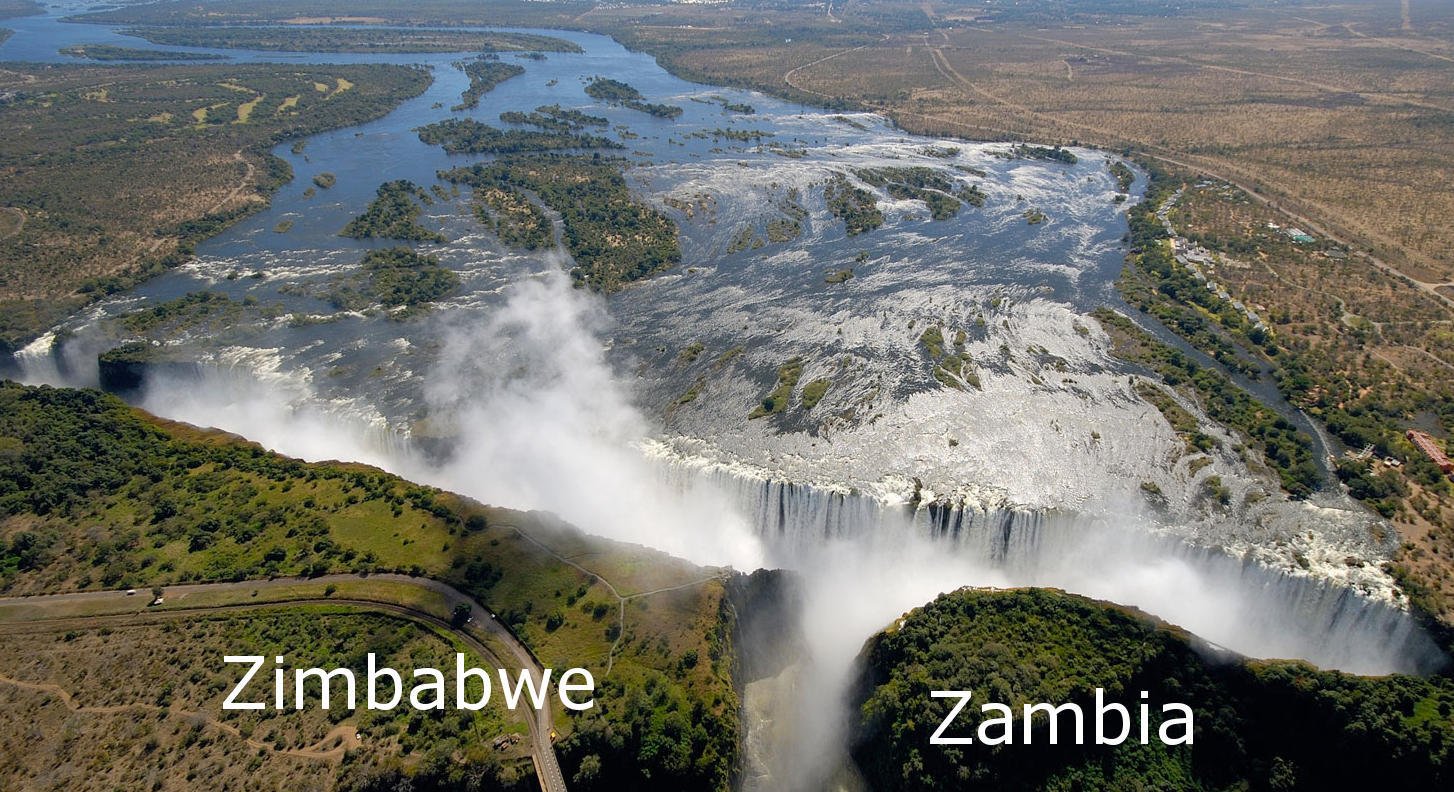
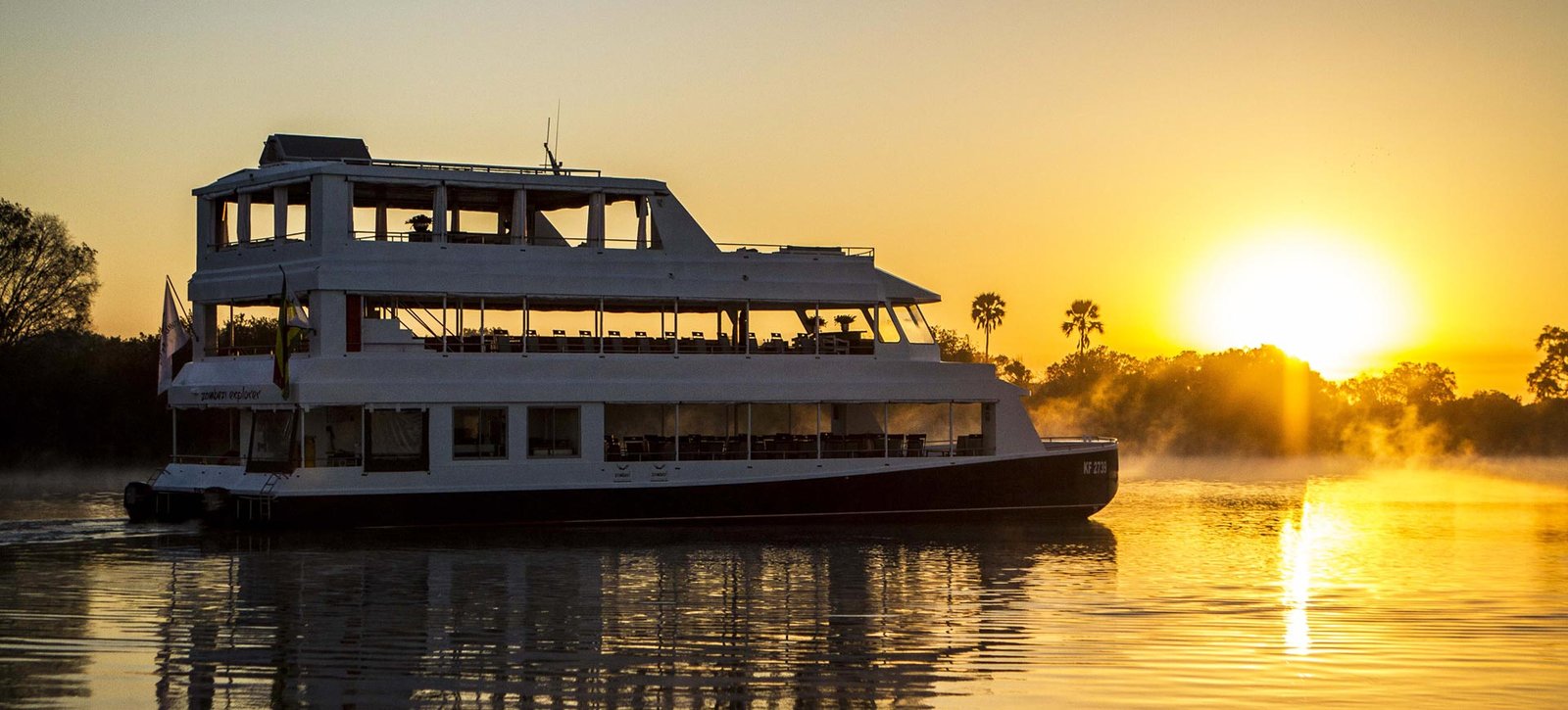
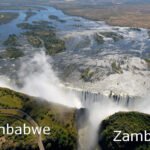

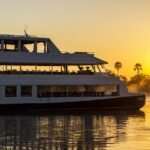
Leave a Reply